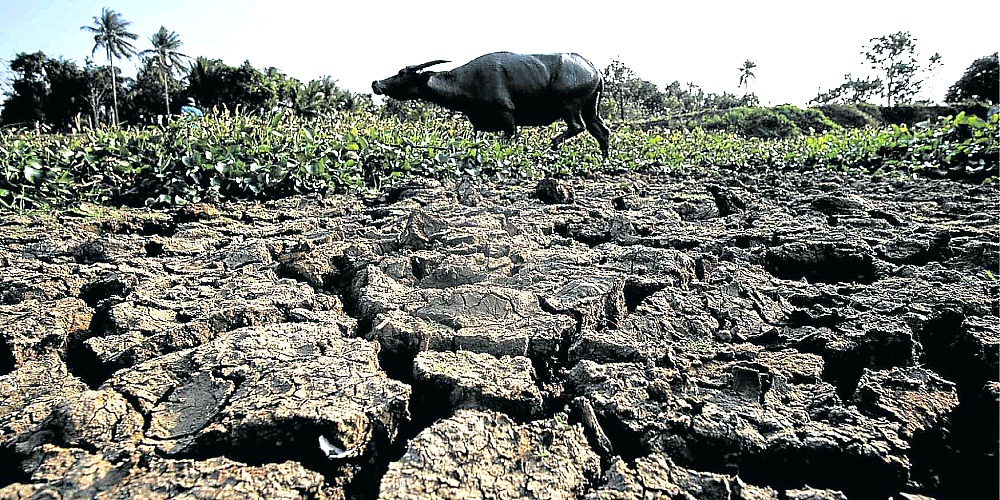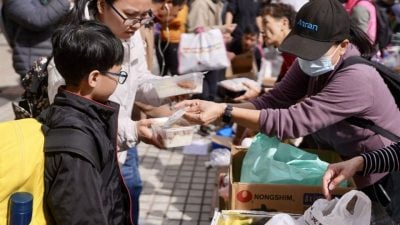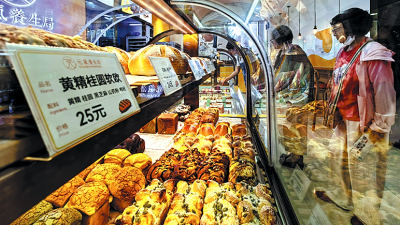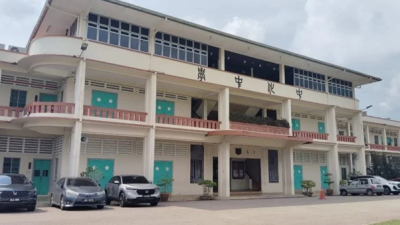The Philippines is among Asian countries that are most vulnerable to El Niño in terms of the climate phenomenon’s impact on economic growth which may prompt a monetary policy rate hike, according to Nomura Group.
The Japan-based analysis and research firm said this as climate experts announced the onset of El Niño, which brings lower-than-usual rainfall to the Philippines and poses a threat to agricultural production.
At the same time, the United Nations’ Food and Agriculture Organization (FAO) noted that international prices of rice have been increasing.
Nomura said in a report that, with El Niño occurring, they expect fiscal and supply-side policies—such as social assistance, price controls and subsidies — to serve as the first line of defense.
“Monetary policy is unlikely to be used, though rate cuts could be delayed,” the company said.
“Given the Philippines’ limited fiscal space and high inflation risks, the BSP (Bangko Sentral ng Pilipinas) may need to resume its rate hiking cycle.”
Nomura said El Niño can limit agricultural production and drive higher food inflation, especially among net importers of food like the Philippines.
“An El Niño will likely result in a stagflationary shock—higher inflation, lower growth,” the group said.
“Within Asia, we see India, Philippines and Thailand as more vulnerable to downside growth risks, while most countries would likely suffer the effects of higher inflation, especially food importers like the Philippines.”
Nomura noted that the Philippine government plans to import 330,000 metric tons of rice this year to cover an expected deficit in the buffer stock.

Price hikes
According to the FAO, international rice prices increased further last May.
The UN agency said domestic prices of rice increased in most exporting countries, including Vietnam and Thailand—from where the Philippines usually imports rice.
Prices of rice in these two countries increased for the second consecutive month in May, mostly driven by steady demand, as exporters continued to fulfill contracted shipments to traditional buyers.
“Concerns over the potential impact of the El Niño phenomenon, which is normally associated with below-average rains in some countries of the sub-region and may affect both areas planted and yields of 2023 crops, also supported (helped push up) prices,” the FAO said.
According to Nomura, a severe occurrence of El Niño could eat away 0.2 percentage point off Philippine GDP growth.
In an advisory dated June 8, the United States-based Climate Prediction Center (CPC) declared that El Niño conditions are present and are expected to gradually strengthen into the northern hemisphere winter 2023-2024.
“In May, weak El Niño conditions emerged as above-average sea surface temperatures strengthened across the equatorial Pacific Ocean,” the CPC said.
The agency added that there was a 56-percent chance that El Niño will be “strong” and an 86-percent chance of “exceeding moderate strength.”
ADVERTISEMENT
ADVERTISEMENT








































